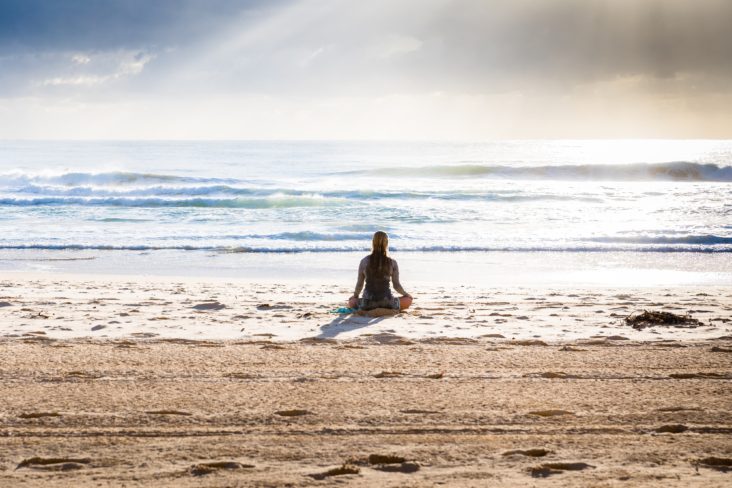Most people have heard of the term mindfulness. Mindfulness comes from eastern Buddhist philosophy. In a world where life has gotten busier by the minute, it has become more and more difficult to fully engage in any one moment without thinking of what needs to be done in the next, worrying about moments in your past, or multitasking in the present to increase productivity. The practice of mindfulness is training yourself, to redirect focus to the present moment when you find yourself in the future or the past by simply directing your attention back to the present moment. Although this sounds simple, the practice is actually much harder when you first begin. It can be an eye-opening experience to recognize how much of your present-day and time is actually being spent in the future or the past. Whether you are enjoying a cup of coffee, driving, or talking with a loved one, you can easily engage in the practice of mindfulness in daily activities by making a conscious effort of focusing on the details of that particular moment or activity.

Mindfulness can be practiced by utilizing your senses, such as sight, sound, smell, touch, or taste to help ground you to the present moment more easily if redirecting your thoughts is difficult for you. Breathing is another method used to help ground you to the present. Learning to be in your present moment will help alleviate difficult emotions you may experience about your past or the worries that all humans experience about the future. Mindfulness practice has been shown to help improve emotional and physical well-being. Mindfulness helps you live the day with a fuller quality, reduces the level of everyday stress and anxiety, and establishes a fuller presence in anything you do. Mindfulness practice in the simplest form is exercising gratitude for the present moment.

